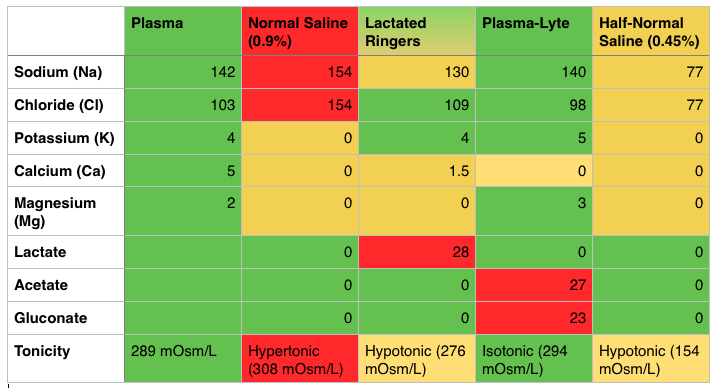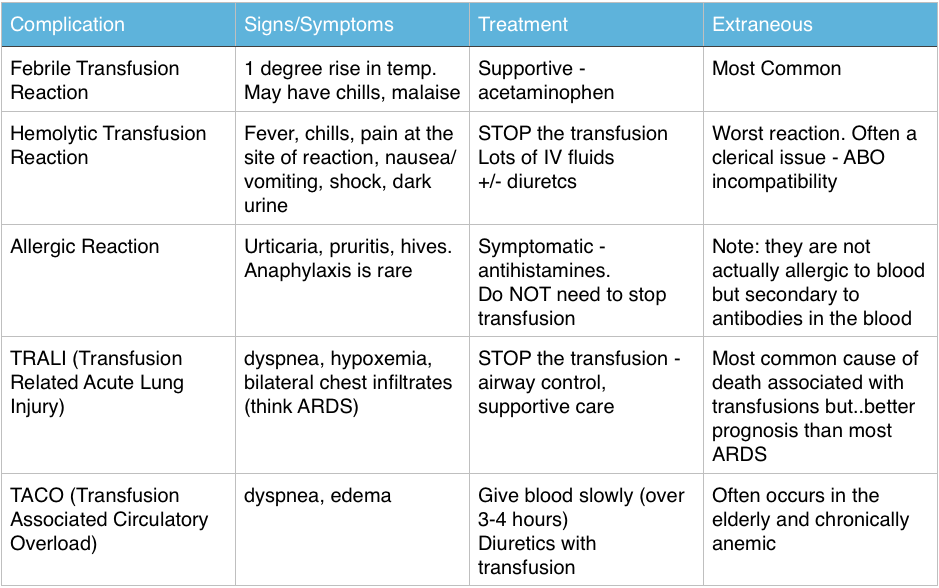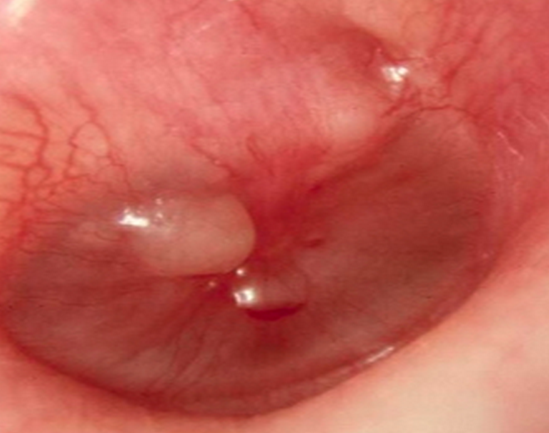Episode 11 (iTunes or listen here)
The Free Open Access Medical education (FOAM)
We review Mount Sinai Emergency Medicine Residency’s blog post on Ebola. The Pearls:
- Signs and symptoms of ebola: Fever (>101.5F, 41C), severe HA, myalgias, vomiting, abdominal pain, unexplained hemorrhage, hypotension plus an epidemiologic risk factor in the past 3 weeks.
- Risk factors: contact with blood or other body fluids of a patient known or suspected to have ebola, residence or travel to endemic areas, and direct handling of bats, rodents, or primates from disease endemic areas.
- CDC recommends screening in those with :
- percutaneous/mucous membrane exposure or direct skin contact with body fluids of a person with a confirmed or suspected case of ebola without appropriate personal protective equipment
- laboratory processing of body fluids of suspected or confirmed ebola cases without appropriate PPE or standard biosafety precautions
- participation in funeral rites or other direct exposure to human remains in the geographic area where the outbreak is occurring without appropriate personal protective equipment.
- Personal protective equipment is key in prevention of ebola spread. Ebola is not airborne but due to the case mortality rate, fear, and questionable history of aerosol transmission in the past, we treat it like it is. Recommended protection in the United States: fluid impermeable gown, N95 respirator, eye shield and in situations with large amounts of fluids -double gloving, disposable shoe covers, and leg coverings (CDC recommendations).
Check out the CDC website on Ebola
EMDocs post on Ebola
EMCRIT Ebola algorithm
Ebola Freakout Flowchart Exchanging bodily fluids with victim? ↓ ↓ Yes No ↓ ↓ Worry Settle down”
— Stukie, MD, MBA (@DocStukie) August 4, 2014
The Bread and Butter
We summarize some key topics from the following readings, Tintinalli (7e) Chapters 157, 148 but, the point isn’t to just take our word for it. Go enrich your fundamental understanding yourself! Airborne Precautions – used for patients known to be or suspected of being infected with organisms transmitted by airborne droplets and small particle residue (<5 micrometers) of evaporated droplets containing microorganisms that can be spread by air currents.
- Require special, negative pressure rooms with special ventilation and filtration and the N95 respirators.
- Limited movement of patient within the health care setting and in the ED they need to be in a room with the door closed.
- Recommended for: Measles, Varicella, Tuberculosis
Droplet Precautions – used for patients known to have or suspected of having serious illnesses transmitted by large particle droplets (>5 micrometers) produced by the patient during talking, sneezing, or coughing or during procedures.
- Use a mask and wash your hands. N95 respirator recommended for procedures like bronchoscopy, suctioning, etc.
- Non Sterile gown if one anticipates substantial contact with the patient or if the patient is incontinent or has wound drainage not contained by dressings.
- Limit transportation and movement of the patient – they should wear a mask when transported throughout the hospital.
- Recommended for: Serious infections, Pertussis, Parvovirus B19, Mumps, Rubella
Varicella – Herpes virus that causes chickenpox (primary infection) and a secondary reactivation (herpes zoster/shingles) as the virus may lie latent in dorsal root ganglia.
- Use Airborne precautions as it’s spread via respiratory secretions but may also spread (although less infectious) from the fluid of the non-crusted vesicles.
- Symptoms of chickenpox: fever, malaise, headache and a vesicular rash that appears in crops with lesions at varying stages, including papules, vesicles, and crusted lesions, predominantly on the torso and face.
- Most infections are minor and self-limited but increased sequelae exist in the immunocompromised and elderly. These subgroups may benefit from antivirals
- Immunizations now prevalent although individuals can still get mild chickenpox after immunization.
- Varicella-zoster immune globulin exists but use as postexposure prophylaxis is essentially limited to non-immune pregnant women and the severely immunosuppressed. Healthy non-immunue individuals can be vaccinated after exposure and, if they are high risk and develop symptoms, they can get antivirals.
Generously Donated Rosh Review Questions
Question 1. [polldaddy poll=8241932]
Question 2. A 3-year-old boy presents to the ED with 3 days of fever, cough, and runny nose. On exam, you note conjunctival injection and an erythematous, nonblanching, nonvesicular, maculopapular rash behind his ears and on his hairline, with a few spots on his chest. [polldaddy poll=8241939]
References:
“Safe Management of Patients with Ebola Virus Disease (EVD) in U.S. Hospitals.” CDC. August 6, 2014
Cline DM. “Chapter 157. Occupational Exposures, Infection Control, and Standard Precautions” Tintinalli’s Emergency Medicine: A Comprehensive Study Guide (2011).
Answers
1. Chickenpox is a highly contagious but generally benign and self-limited viral disease caused by the varicella-zoster virus (also known as human herpesvirus 3). The disease is characterized by the sudden onset of fever, malaise, and a pustular maculopapular rash that can occur anywhere on the skin or mucus membranes. The lesions then become vesiculated followed by scabbing over the course of 3-4 days before resolving. Skin lesions appear in crops with multiple lesions of various stages appearing on the skin at the same time. Uncomplicated infection is generally treated with supportive measures, including antipyretic, antipruritic, and pain control medications. Antivirals such as acyclovir, valacyclovir, and foscarnet may also be initiated in severe disease or immunosuppressed individuals. Parents should be cautioned to avoid giving their children aspirin or aspirin containing medications due to the risk of developing Reye’s syndrome.
The lesions of chickenpox appear suddenly rather than gradually (A). Smallpox lesions may appear similar to chickenpox lesions, however they are found in the same stage (B) of development. Rubella (German measles) is associated with the sudden onset of a maculopapular rash that first appears on the face then rapidly spreads inferiorly to the neck, trunk, and extremities and fades by the 3rd day (C).
2. Rubeola, or measles, is associated with fever and rash with cough, conjunctivitis, coryza, and Koplik spots. The characteristic rash is erythematous, nonblanching, and maculopapular. It begins on the head, usually behind the ears and around the hairline, with subsequent spread down the face, to the trunk, and extremities (centrifugal spread). The rash may coalesce into salmon-colored patches and typically disappears within 1 week. Koplik spots or pinpoint-sized white lesions on a red background that appear on the buccal mucosa opposite the molars are pathognomonic.
Roseola (A) is a viral infection with the onset of a rash that occurs upon resolution of a high fever. It is common in ages 6–18 months. Rubella (B) is often referred to as “three-day measles.” It is a mild illness, except for congenital infection, which can cause major birth defects. It is associated with fever, rash, and prominent lymphadenopathy, with tender posterior auricular, cervical, and occipital nodes. Varicella (D) (chicken pox) is associated with a flu-like illness and the formation of macules that progress to fluid-filled vesicles in an erythematous base (“dew drops on a rose petal”). Crops of lesions typically appear at the same time with vesicles in various stages of healing.




